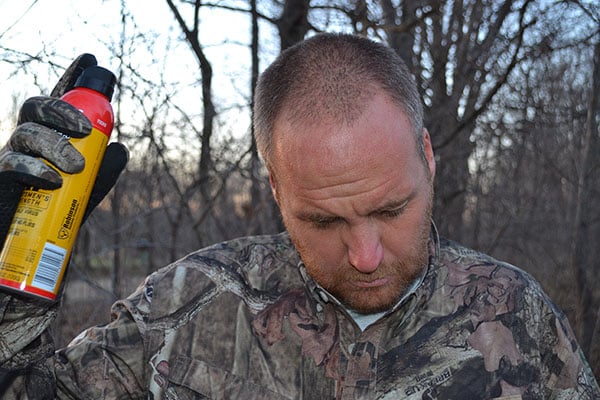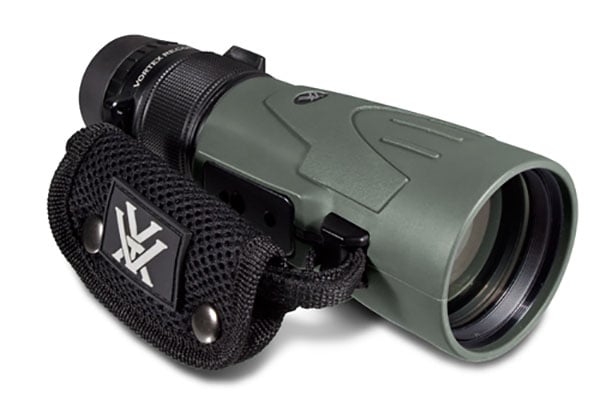Last Updated on
Being blessed with four very active and hungry children leaves my life full of joy- and my wallet rather empty. I remember watching Doomsday Preppers a few years ago and thinking to myself if something were to happen, we’re screwed. I can’t afford all that stuff. Not long after, I was talking to my wife about my three major concerns. I want to be prepared for an emergency. I want to be able to protect my family. I want the peace of mind knowing I am in control of my family’s future. But… how could we afford it all?
My wife and I are both dedicated to growing, harvesting, hunting, or fishing for as much of our food as possible because we feel it is what is best for our kids. After several conversations and some research, we realized that this “modern day homesteader” lifestyle that my wife and I aspire to for our family isn’t too far off from a solid emergency preparedness plan. After all, for countless generations Americans have lived off the land- well before electricity and flushing toilets. Since this realization, we’ve devoted much of our efforts into “prepping on a budget.” It’s been a lot of fun, brought us closer together as a family, and given us all precious peace of mind. I’ve learned that being prepared doesn’t have to break the family budget.
Water
Probably the most important thing to consider in the event of an emergency is where will your water come from? In my own personal situation, I have three sources of drinkable water. We live in the country and have well water. In the event of an emergency, I plan to fire up my generator and pump a bunch of water into storage containers for future use. I also have two large rain barrels that I use to collect rainwater for my livestock My neighbors have a pond, and will allows us access in an emergency as well. In turn, I’ll supply them with firewood for heating and cooking. To treat the rain and pond water, I have invested in water purification tablets and bleach. In an emergency situation, bleach is worth it’s weight in gold. At the very least, have a gallon of bleach on-hand to make questionable water drinkable. Water can also be stored in old 2 liter pop containers, store bought gallons, and many other ways. Also, everyone’s water heater will have quite a bit of drinkable water available in case of an emergency. Get creative when it comes to storing water, because in an emergency, you’ll be glad you have plenty.
Food
Emergency food supplies come easy for me because my family and I try to eat as much as possible of our own grown and harvested foods. We have a huge garden, livestock, and a greenhouse made from reclaimed materials. I also hunt and fish for everything under the sun, so protein is readily available in our home. Preparing and saving food does require some investment. But for us, the constant supply of home raised organic foods is well worth the money spent on our pressure cooker, dehydrator, and vacuum sealer. I do not have a grain mill yet, but hope to acquire one soon. I look on Craigslist often because they can sometimes be found there cheap.
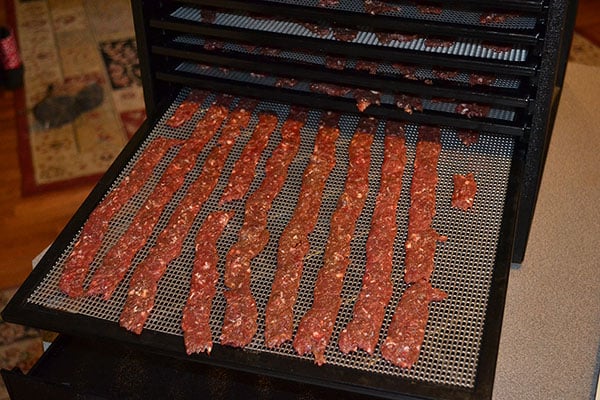
We have months of canned vegetables, fruits, and meats on-hand. We also dehydrate a lot of herbs, fruits, jerky and fish just for variety, and ease of storage. Recently I also went to the local handcrafted ice cream parlor and bought a bunch of their old food grade buckets with lids for $2 a set. These buckets can store just about anything, and come in very handy. Our canned goods are stored on shelves, and other food items such as rice and beans are stored in airtight buckets. I went to the dollar store and also purchased some anchovies, spam, and many other canned/boxed food items. Usually we don’t like our kids to eat processed foods, but in an emergency I’m sure Mama’ Bear will allow it.
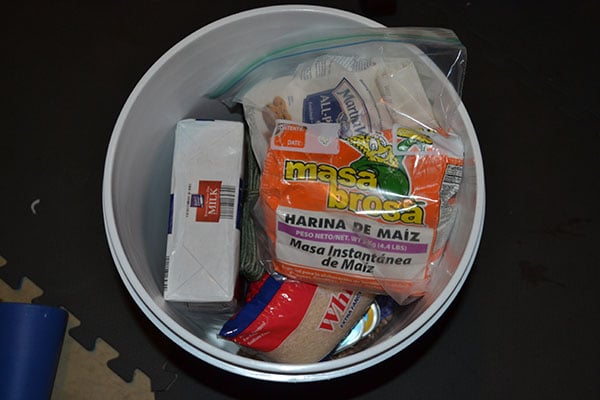
For someone living in a suburban or metro area without access to a huge garden and livestock, I recommend purchasing as much non-perishable food items as possible and storing them in an area where they will only be accessed in an emergency, not just when someone is too tired to drive to the store. Non-perishable items liked canned and boxed foods are perfect. Dried foods like MRE’s will do in a pinch, but tend to be rather pricy and high in sodium. I have seen online where people are creating and vacuum sealing their own homemade MRE’s, although I have not tried it yet. Even though I’m sure it would get old, a months supply of beans, rice and Spam can easily be purchased cheaply at the local dollar store.
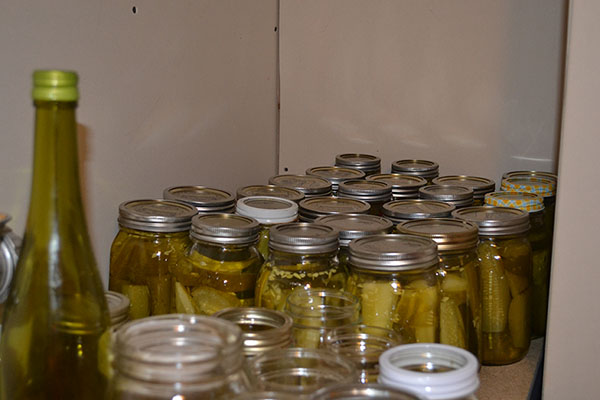
Shelter
In the event of an emergency, people have two options. The can “bug in,” which means to stay put, or they can “bug out,” which means to evacuate. In either case, my family has a plan and I recommend that others do so as well. A plan doesn’t cost anything to make, and what material items I did need for our plan I scrounged around the house and found quite easily.
Our “bug in” plan is quite simple: we hunker down and ride out the emergency from the comfort of our home. Although much easier said than done, here’s how our plan looks. In my home we have several heating options. We primarily heat our house and water through an outdoor wood boiler, which I fuel with firewood. I have several cords of wood constantly cut, split and stacked. I plan to use firewood as currency in a prolonged emergency situation, so I keep a lot of it around. We also have a propane furnace and a stocked tank. And if all else fails, we have an indoor fireplace that will burn anything.
I also have a big roll of thick greenhouse plastic on-hand in case we need to block off windows and doors from the outside in the event of a chemical spill or something similar. Recently my wife purchased some dollar store solar lights to decorate the lawn at the holidays. Instead of throwing them away, I kept all of the little solar lights in one of my food buckets, just in case. Having four children, we also have ample first aide supplies on-hand. Some people go as far as stockpiling medicines and antibiotics. I’m not there yet but hope to be soon. Many well read preppers stockpile animal antibiotics from the local farm supply store. Not only are these antibiotics sold over the counter, but they require no prescription and are very similar to the ones prescribed to us by doctors. We live near a large generic pharmaceutical factory who manufacturers just about anything. Often we can get basic over the counter medicines for $0.25 a bottle. We stock up on a lot of those as well as vitamins and other hygienic basics.
Deciding when to leave one’s home would be a terribly difficult decision, and one I hope I’m never presented with. Nonetheless, we do have a “bug out” plan as well. We have a bug out bag already packed that should get us to our next destination if it’s necessary to leave. A bug out bag is a whole topic within itself, but for starters, here’s what we did. I took one of our kids old school backpacks and filled it with everything I think I might need to get us to our next destination in the event of an emergency. I have water bottles, energy gels, knives, fire starters, para cord, a tarp, first aide supplies, etc… There’s a whole lot more to put in a bug out bag, and many philosophies as to their purpose. For my family the purpose of the bug out bag is simple: to get us to out next location. Our bug out plan entails us retreating to a family farm about six miles away where we will gather with other family members and really hunker down. If and when we bug out, I’m grabbing our weapons, the bag, and maybe a few of my buckets, that’s it. Everyone’s bug out situation is different, so plan one that works for your family.
Security
I really hope no emergency ever comes to this, but being a sportsman, I have hunting weapons on hand in case we need to defend ourselves. Many experts predict that most unprepared people will be willing to kill others for food within three days of a large scale emergency. The general speculation is that the urban and city dwellers will run out of food from the grocery store, and migrate to the country in hopes of survival. My well prepared house would be a likely target. So… we have weapons and know how to use them.
The one thing I do not scrimp on is ammunition. We budget for it in fact, and I try to purchase some each month. I do have the capability to reload my own shotgun shells, but don’t currently. In an emergency situation, not only could ammunition be a lifesaver, it will also be a very popular currency.
I also have installed solar powered motion detecting lights around our home. The lights come in handy anytime, not just in emergency. Another good idea is to trim away any overgrown bushes and trees that grow near the home, to deter would be thieves from hiding close. Having a big family pet/watchdog is also a good idea for many reasons, not just potential emergency’s.
Seed Saving
A long term bug in requires a bit more forethought. We also save open pollination, “heirloom” vegetable seeds. Not only is developing an heirloom vegetable fun and rewarding, it may just save our lives someday. If and when there is an extended period of emergency, people will have to resort to centuries old homesteading techniques to survive. They’ll need to grow their own food, preserve it, and barter for what they cannot produce. Unfortunately most of the seeds we gardeners can easily purchase at the local store are genetically modified somehow and will not produce decent offspring through their seeds. That’s why it is important to gather and preserve authentic, open pollination, heirloom type seeds that are truly natural and still biologically intact. These seeds will continue to grow for generations to come. That being said, seeds will be very valuable as currency and as a food source. Simply look at seed packets and if they say “heirloom” or “open pollination” you should be all set.
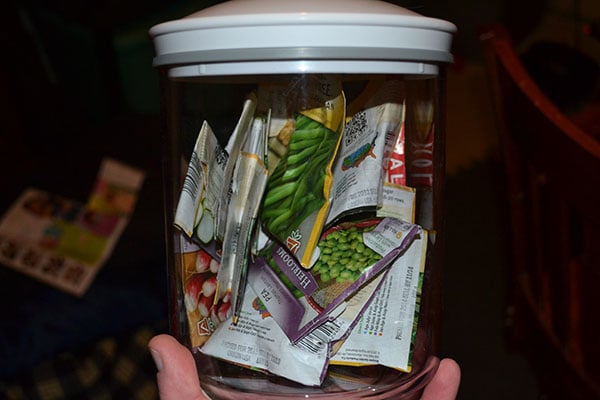
Saving seeds is simple. Each year when we find a particular specimen or two that we like, we do not eat our prized vegetable, but rather save it’s seeds. For instance, my dad has developed his own heirloom tomato that is famous in these parts. Ever since I can remember, he grabbed the biggest, fleshiest handful of tomatoes he could find and saved the seeds from them each fall. He simply pulled out the seeds, washed them, and let them dry. Then he placed the seeds in an envelope and put them in the refrigerator until it’s time to plant the following spring. Through this process, he has created an amazing tomato that is perfect for slicing, stews, salsas, and red sauces. This seed saving process can be done to any fruit or vegetable. I recommend at least every prepared family get their hands on some open pollination wheat, corn, beans, tomatoes, kale, and whatever else tickles their taste buds.
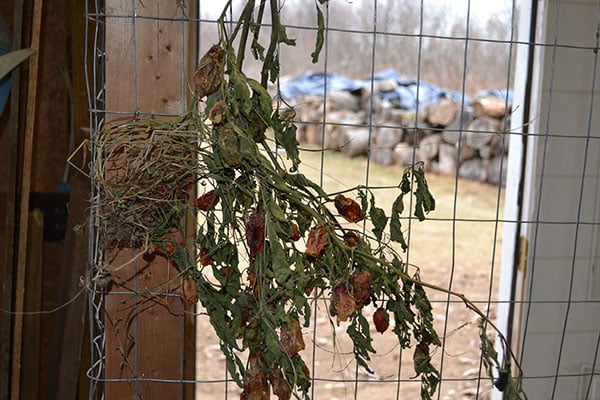
Of course, experiment as much as possible with seed saving before depending on something purchased from a store.
Livestock
Last I knew, through the “Right to Farm Ac,t” even city dwellers had the right to keep poultry. Be sure to check local regulations, but keeping chickens is cheap, fun and easy. At my home we just keep them in the shed and let them wander around during the day. Sure we lose one now and then to a predator, but overall they stay out of trouble. I’m also having the local middle school woodshop class build me a bee hive this spring. The hive isn’t costing me anything because the kids are using scrap wood that got donated to them. Not only is fresh local honey amazing, it might be a great barter item someday as well as will be the precious bee’s wax.
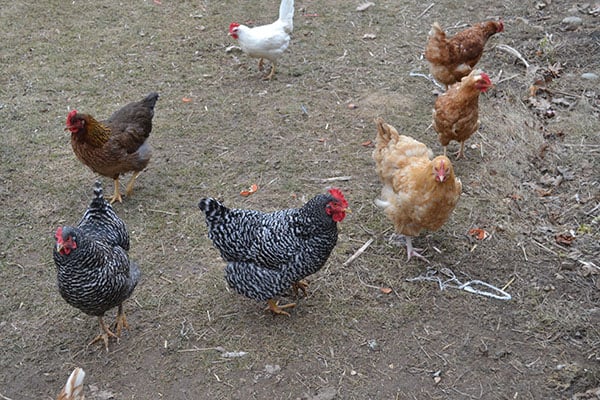
Extras
In the event of a prolonged emergency, chances are that our economy will collapse and our paper money will be worthless. I’m working on collecting alternative currencies like my firewood, alcohol (which I make on my own) and books- yes books! If things really do get bad, without electronic entertainment people will become very bored and books will be in high demand. Of course, precious metals such as silver and gold will always be worth something- so don’t part with those old silver coins that you inherited! Any coinage pre-1965 should have some silver content in it. I like to keep several cans of gasoline on hand for my lawnmower, generator, chainsaw, etc… In the case of an emergency, I’ll depend on my generator as long as possible so I want to make sure it’s properly fueled. I’m also constantly trying to learn new skills and ideas to keep in my emergency repertoire. Not only is learning new things and tying them out fun- I feel more confident about our chances with each new skill I learn. For instance we experimented this spring with making our own maple syrup- which was amazing!
This has simply been some of the ideas that I practice in our home- and quite frankly- a mere drop in the buckets of emergency preparedness. I highly recommend attending events, listening to speakers, reading books, watching TV and DVD’s, and getting online to learn more. Everyone’s situation is different, but there is one thing we all have in common- nobody wants their family to be caught off-guard. Also, being prepared does not have to cost a fortune.
